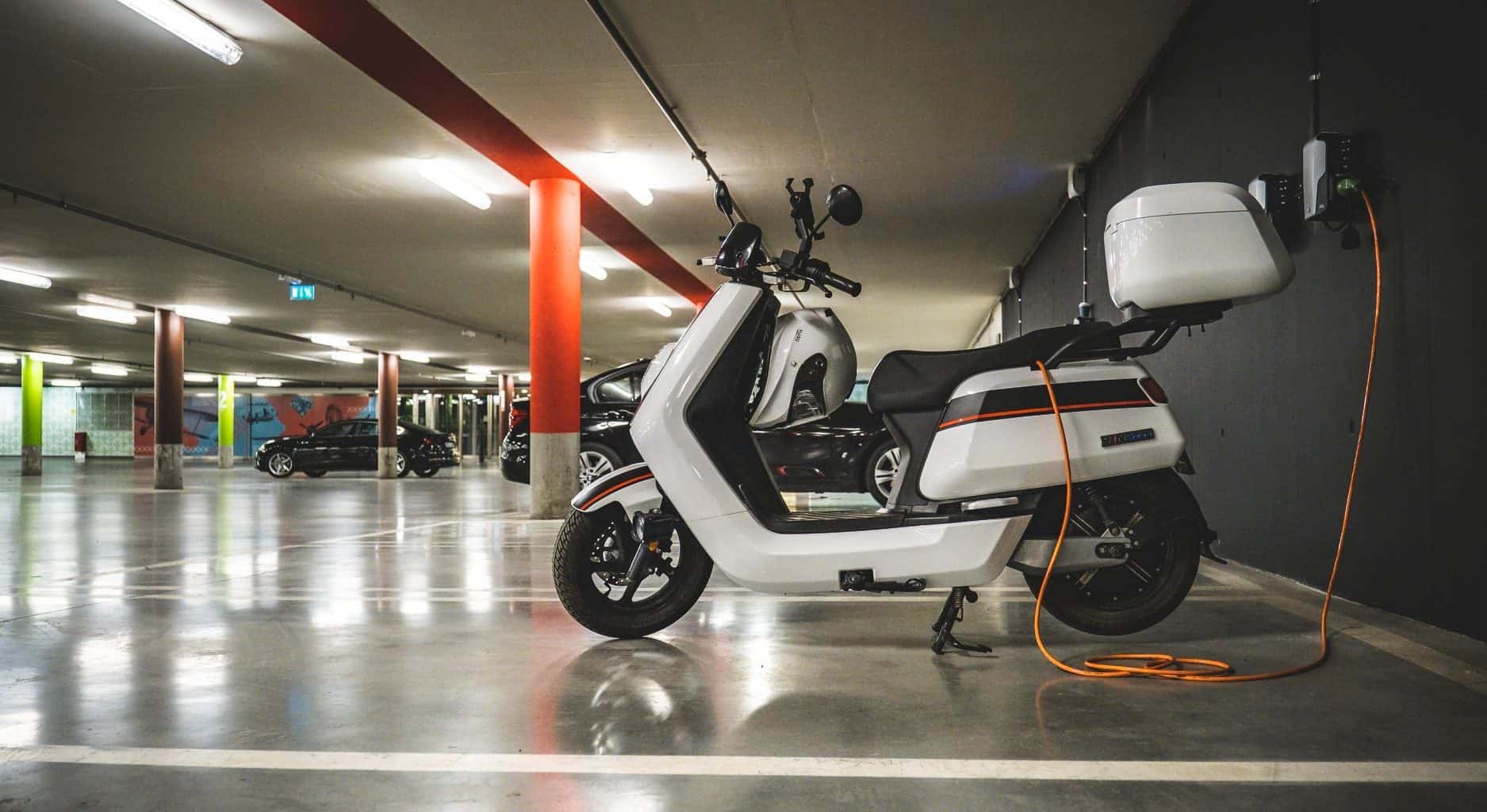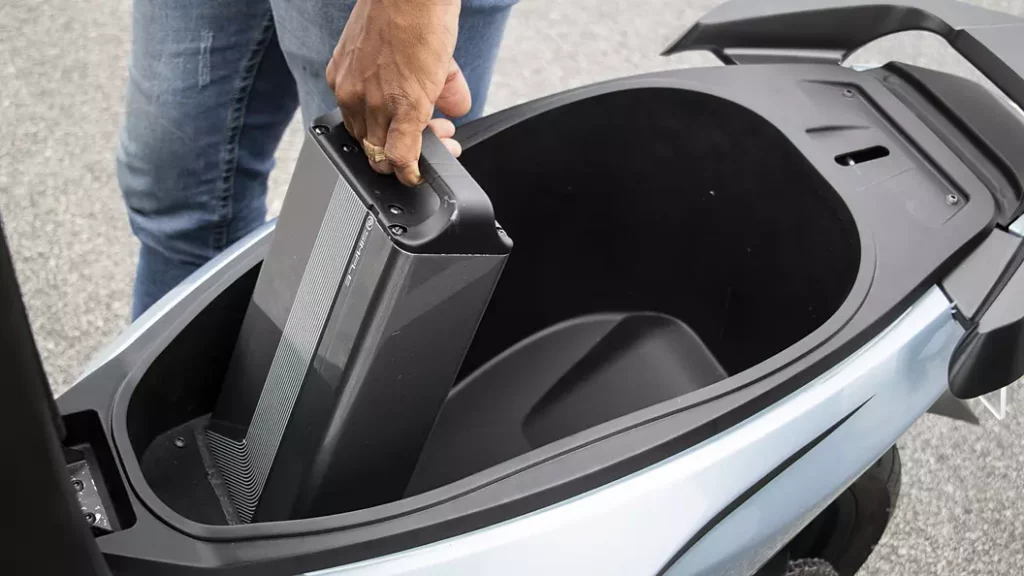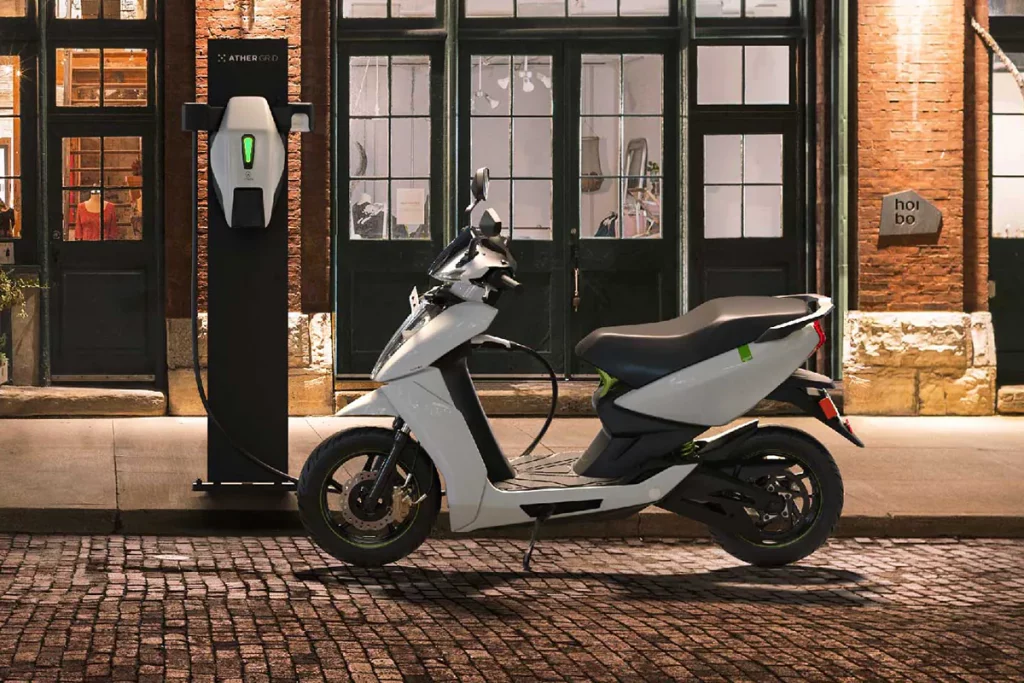How To Get The Most Out Of Your Scooter Batteries

One of the primary concerns regarding scooter batteries is their limited range and overall battery life. Electric scooters typically have a certain range they can cover on a single charge, and this range can vary depending on factors such as battery capacity, scooter weight, rider weight, terrain, and speed. Scooter owners may be concerned about their ability to complete their intended trips without running out of battery power.
Additionally, the lifespan of scooter batteries is an important consideration. Over time, the capacity of lithium-ion batteries, commonly used in electric scooters, can degrade. This degradation leads to a reduced range per charge and ultimately requires the battery to be replaced. The cost of battery replacement can be a concern for scooter owners.
Charging infrastructure is another issue. While many electric scooters can be charged using a standard electrical outlet, the availability of charging stations in public spaces may still be limited. This can cause inconvenience for riders who need to charge their scooters during the day.
The safety of scooter batteries is also a significant concern. Lithium-ion batteries have been known to experience thermal runaway, which can lead to fires or explosions. Proper handling, maintenance, and charging practices are crucial to mitigate these risks. Manufacturers and users alike need to be vigilant about following safety guidelines to prevent accidents.
Lastly, the environmental impact of scooter batteries is a growing concern. The extraction and disposal of materials used in lithium-ion batteries, as well as the energy-intensive manufacturing processes, can have negative effects on the environment. Proper recycling and disposal methods need to be implemented to minimize the ecological footprint of scooter batteries.
Types Of Motor Scooter Batteries:

There are generally three types of batteries used in mobility scooters:
Sealed Lead Acid (SLA) Batteries:
SLA batteries are the most common type of battery used in mobility scooters. They are affordable, reliable, and have been used for many years. SLA batteries are available in two subtypes: gel and AGM (Absorbent Glass Mat). Gel batteries use a thickened electrolyte gel, while AGM batteries use a glass mat to hold the electrolyte. SLA batteries are relatively heavy and require regular maintenance, such as checking the water levels and charging them properly.
Lithium-Ion (Li-Ion) Batteries:
Li-Ion batteries are becoming increasingly popular in mobility scooters due to their high energy density, lightweight design, and longer lifespan compared to SLA batteries. They offer better range and performance, and they are maintenance-free. Li-Ion batteries also have a higher upfront cost but can provide significant benefits in terms of convenience and longevity.
Lithium Iron Phosphate (LiFePO4) Batteries:
LiFePO4 batteries are a type of lithium-ion battery but with a specific chemistry that uses iron phosphate as the cathode material. They are known for their enhanced safety features, longer lifespan, and thermal stability. LiFePO4 batteries are lighter than SLA batteries, have a higher energy density, and can provide better performance. However, they tend to be more expensive than SLA and standard Li-Ion batteries.
It’s important to note that the availability and specific battery types used in mobility scooters can vary depending on the manufacturer and model. When considering a mobility scooter, it’s advisable to consult the manufacturer’s specifications and recommendations regarding battery type, capacity, and maintenance.
Life Span Of Motor Scooter Batteries
The lifespan of a motor scooter battery can vary depending on several factors, including the type of battery, usage patterns, maintenance, and environmental conditions. Generally, the average lifespan of a motor scooter battery is around 2 to 4 years.
Lead-acid batteries, which are commonly used in scooters, typically have a lifespan of 2 to 3 years with regular use and proper maintenance. However, their lifespan can be shorter if they are subjected to frequent deep discharges or not charged properly.
Lithium-ion batteries, which are becoming more common in electric scooters, generally have a longer lifespan compared to lead-acid batteries. They can last around 3 to 5 years or more, depending on usage and maintenance.
It’s important to note that the lifespan mentioned above is an average estimate, and individual batteries may vary. Regular maintenance, such as keeping the battery charged, avoiding overcharging or deep discharging, and storing the scooter in a suitable environment, can help extend the battery’s lifespan. Additionally, extreme temperatures, both hot and cold, can affect battery performance and lifespan.
Best Practice To Keep Your Motor Scooter Batteries Live Longer

To ensure the longevity of your motor scooter batteries, you can follow these best practices:
- Regular Charging: Keep your batteries charged regularly, even during periods of inactivity. Leaving the batteries discharged for extended periods can cause them to lose capacity and may lead to irreversible damage
- Avoid Deep Discharges: Try to avoid completely draining the batteries. Deep discharges can be detrimental to battery health. Recharge your batteries before they reach critically low levels.
- Optimal Storage: If you store your motor scooter for an extended period, such as during winter months, ensure that the batteries are fully charged before storage. Consider disconnecting the batteries and storing them in a cool, dry place away from extreme temperatures.
- Temperature Considerations: Extreme temperatures can negatively impact battery life. Avoid exposing the batteries to excessively high or low temperatures. If possible, store the scooter in a temperature-controlled environment.
- Regular Maintenance: Inspect the battery terminals and connections for any signs of corrosion or damage. Clean the terminals with a mixture of baking soda and water if needed. Ensure that all connections are secure and tight.
- Use the Correct Charger: Always use a charger designed for your specific battery type and follow the manufacturer’s guidelines. Overcharging or using an incompatible charger can damage the batteries.
- Avoid Rapid Charging: While it may be tempting to charge the batteries quickly, avoid using high-current chargers that can rapidly charge the batteries. Slow and steady charging is generally better for battery health.
- Avoid Overloading: Be mindful of the weight limits specified for your scooter. Overloading the scooter with excessive weight can strain the batteries and reduce their lifespan.
- Regular Usage: If you have multiple scooters or batteries, rotate their usage. Regularly using all the batteries in your collection helps prevent some batteries from being consistently unused for extended periods, which can lead to degradation.
- Follow Manufacturer’s Guidelines: Always consult the user manual or contact the manufacturer for specific guidelines and recommendations regarding battery maintenance for your motor scooter model.
By following these best practices, you can help extend the lifespan of your motor scooter batteries and ensure optimal performance over time.
